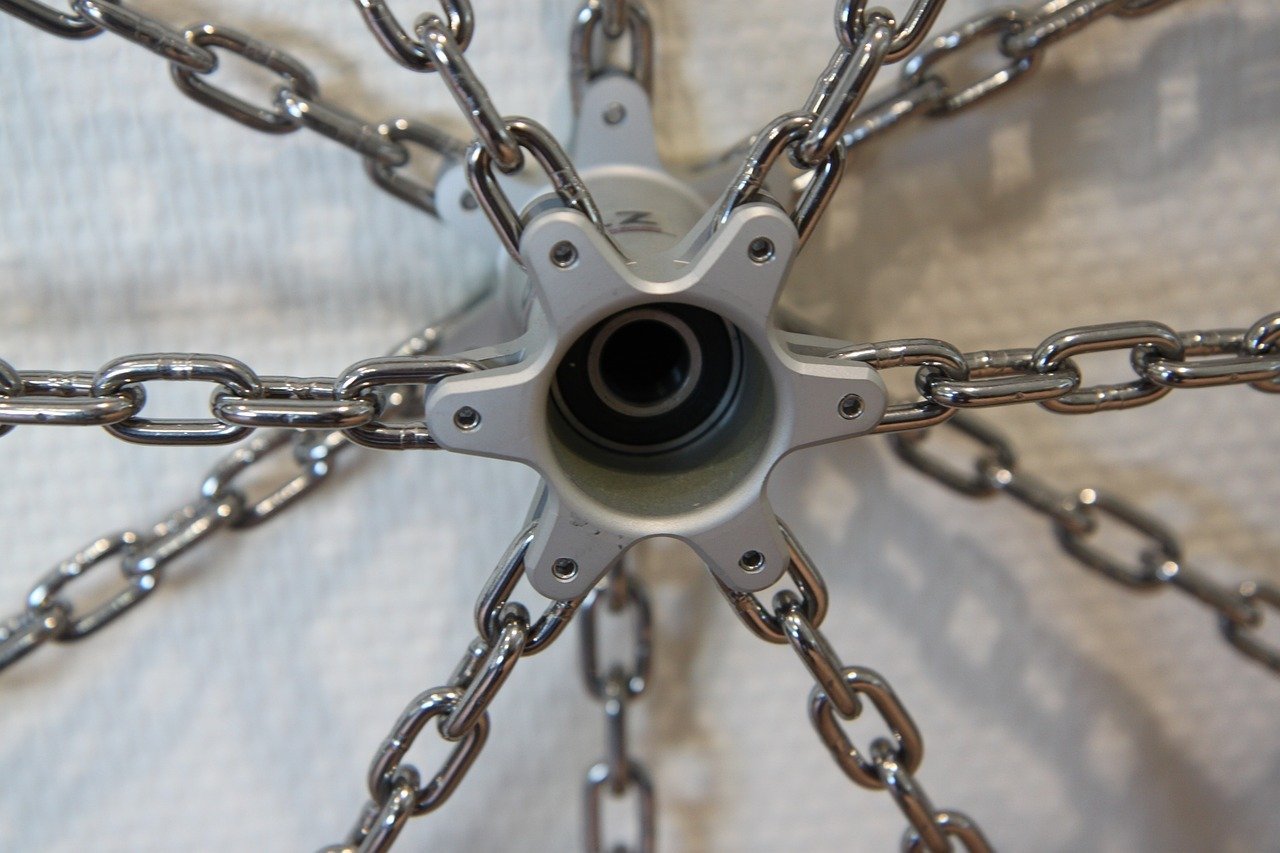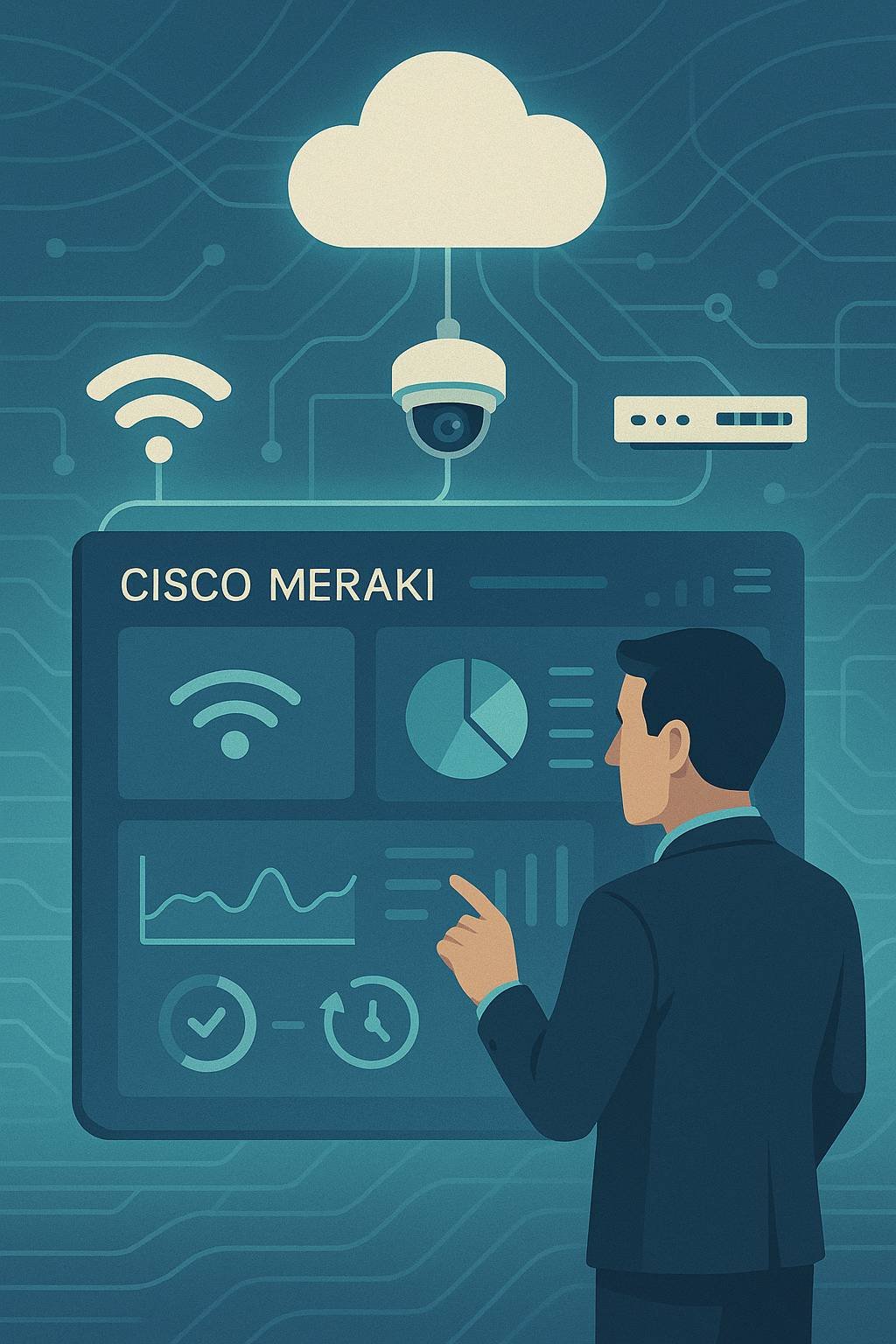Enhancing Life with Paralysis: The Potential of Brain-Computer Interfaces
Living with paralysis can be incredibly challenging, limiting the ability to perform even the most basic tasks. However, advancements in technology have brought hope to those affected by paralysis in the form of brain-computer interfaces (BCIs). These innovative devices have the potential to revolutionize the lives of individuals with paralysis, offering new possibilities for communication, mobility, and independence.
BCIs work by establishing a direct communication pathway between the brain and external devices, bypassing the traditional route of the nervous system. By capturing and interpreting neural signals, BCIs enable individuals with paralysis to control external devices using their thoughts alone.
One of the most significant benefits of BCIs is their potential to restore communication abilities. For individuals with severe paralysis, such as those with locked-in syndrome, BCIs can provide a means to communicate with loved ones and caregivers. By translating their thoughts into text or speech, BCIs offer a way to express emotions, needs, and desires, granting a newfound sense of autonomy and connection.
Moreover, BCIs hold promise in enhancing mobility for individuals with paralysis. By connecting the brain to assistive devices such as robotic exoskeletons or wheelchairs, BCIs can enable users to control their movements through their thoughts. This not only improves their ability to navigate their environment but also promotes physical activity, which is crucial for overall health and well-being.
BCIs also have the potential to revolutionize the field of neurorehabilitation. By providing real-time feedback on brain activity, BCIs can aid in the recovery of motor function. Through neurofeedback training, individuals with paralysis can learn to modulate their brain signals, potentially leading to improved motor control and functional recovery.
Another area where BCIs can make a significant impact is in the field of entertainment and recreation. By allowing individuals with paralysis to engage in virtual reality experiences or control video games using their thoughts, BCIs offer opportunities for entertainment and leisure that were previously inaccessible. This not only provides a source of enjoyment but also contributes to mental stimulation and social interaction.
While the potential of BCIs is vast, there are still challenges to overcome before they become widely accessible. Currently, BCIs require invasive procedures to implant electrodes directly into the brain, making them less practical for everyday use. However, ongoing research is focused on developing non-invasive BCIs that can be worn externally, offering a more user-friendly and accessible solution.
In conclusion, brain-computer interfaces hold tremendous potential in improving the lives of individuals with paralysis. From restoring communication abilities to enhancing mobility, BCIs offer new possibilities for independence and quality of life. As technology continues to advance, we can look forward to a future where BCIs become a mainstream tool in the empowerment and inclusion of individuals with paralysis.
BARD also has some insights on how BCI’s can help people with paralysis
Brain-computer interfaces (BCIs) are devices that allow users to interact with computers and other devices using their brainwaves. BCIs have the potential to revolutionize the lives of people with paralysis by allowing them to regain control of their limbs, communicate with the outside world, and even control external devices with their minds.
One of the most promising applications of BCIs is the restoration of function to people with paralysis. BCIs can be used to control prosthetic limbs, allowing people with paraplegia or quadriplegia to walk, run, and perform other tasks that they would otherwise be unable to do. BCIs can also be used to control wheelchairs and other devices, giving people with paralysis more independence and mobility.
Another important application of BCIs is communication. BCIs can be used to allow people with paralysis to type, speak, and even communicate with their thoughts. This can help people with paralysis to stay connected with loved ones, participate in society, and even find jobs and careers.
In addition to restoring function and communication, BCIs can also be used to improve the quality of life for people with paralysis. For example, BCIs can be used to control entertainment systems, smart homes, and other devices, making life easier and more enjoyable for people with paralysis.
BCI technology is still in its early stages of development, but it has the potential to make a significant impact on the lives of people with paralysis. As BCI technology continues to improve and become more affordable, it is likely that more and more people with paralysis will be able to benefit from it.
Here are some specific examples of how BCIs can be used to improve the lives of people with paralysis:
- A person with paraplegia can use a BCI to control a prosthetic leg, allowing them to walk again.
- A person with quadriplegia can use a BCI to control a robotic arm, allowing them to perform tasks such as feeding themselves and brushing their teeth.
- A person with paralysis can use a BCI to type on a computer, allowing them to communicate with others and use the internet.
- A person with paralysis can use a BCI to control a wheelchair, giving them more independence and mobility.
- A person with paralysis can use a BCI to control an entertainment system, allowing them to watch TV, listen to music, and play games.
- A person with paralysis can use a BCI to control a smart home, allowing them to turn on and off lights, adjust the temperature, and lock and unlock doors.
BCI technology has the potential to revolutionize the lives of people with paralysis. As BCI technology continues to improve and become more affordable, it is likely that more and more people with paralysis will be able to benefit from it.






